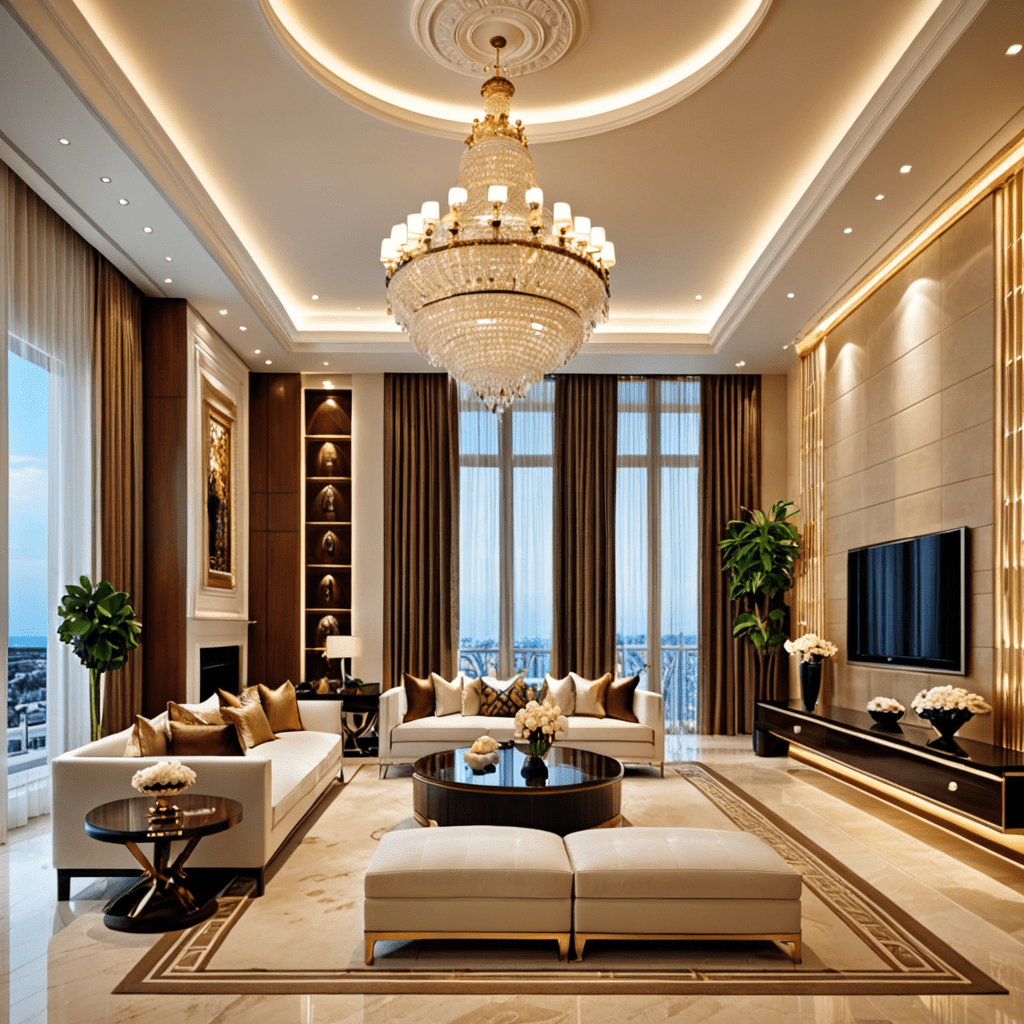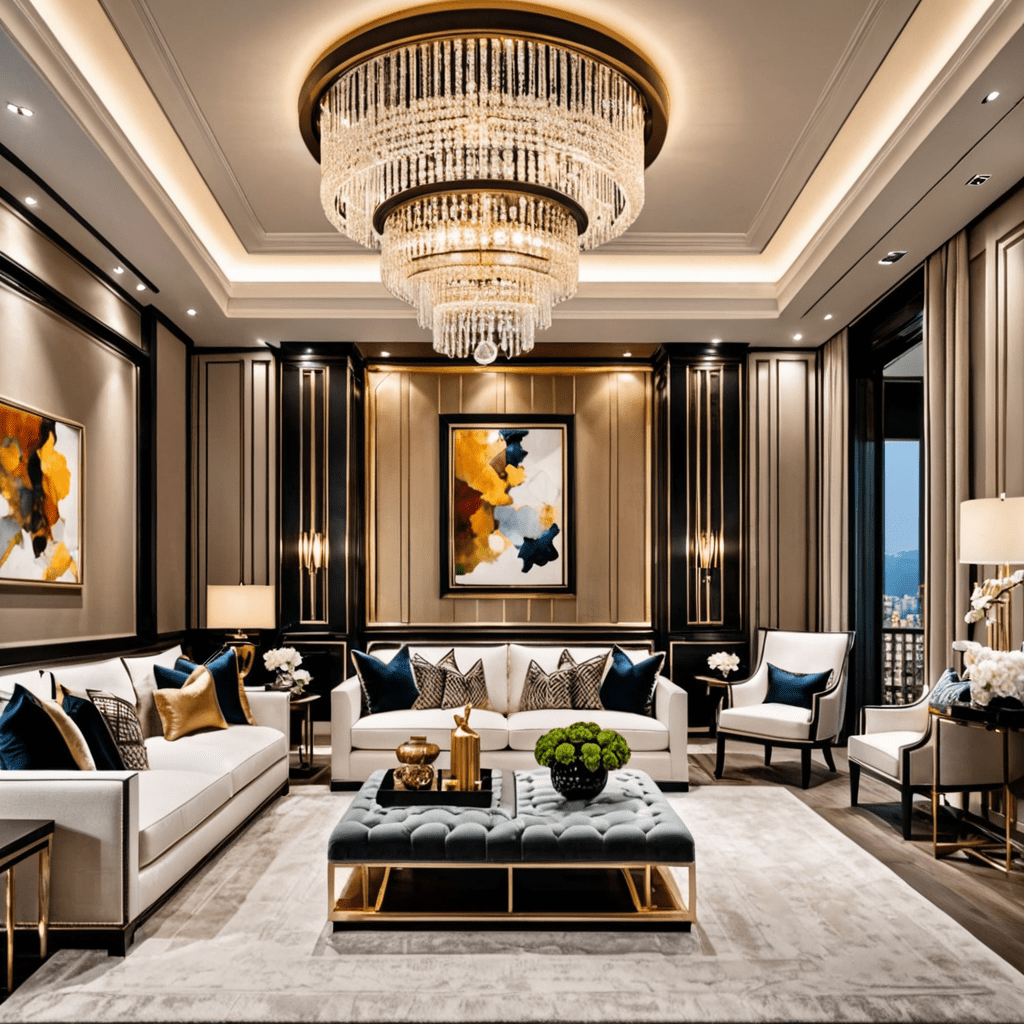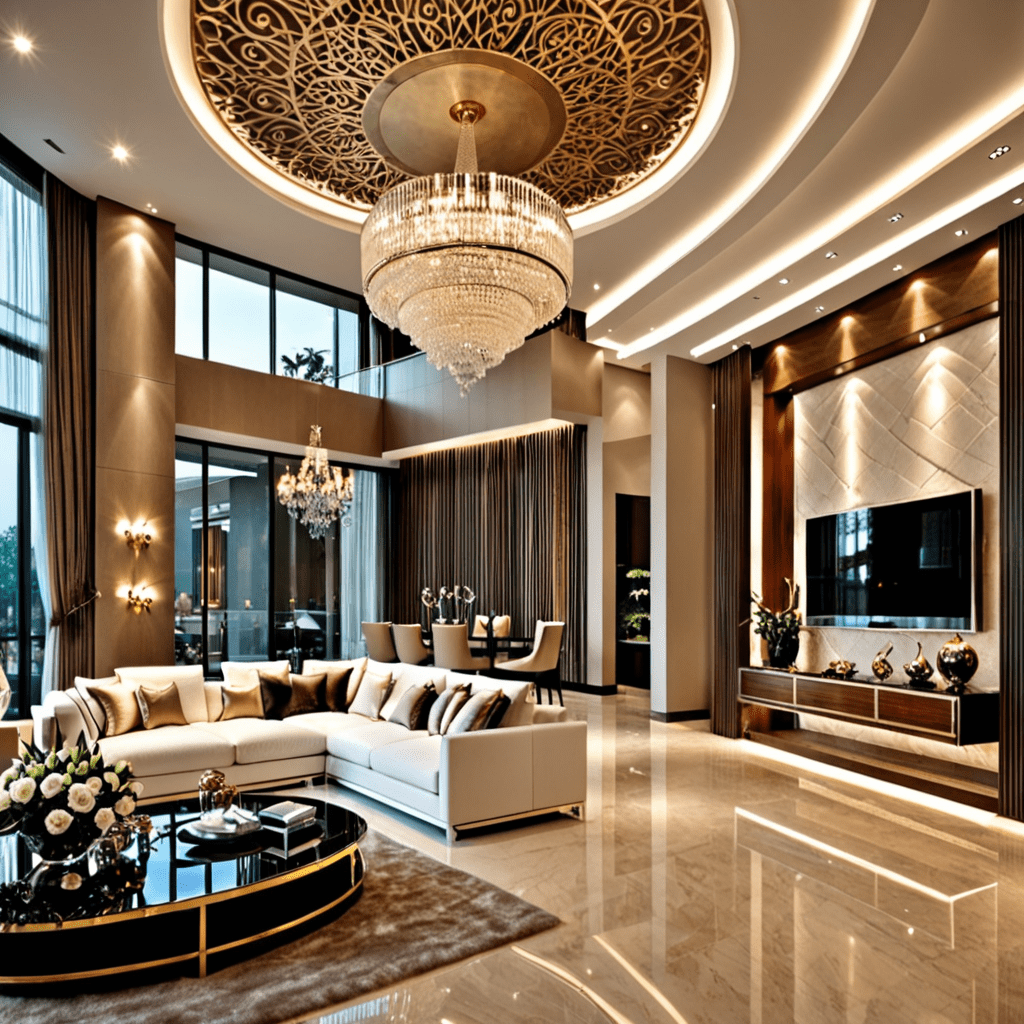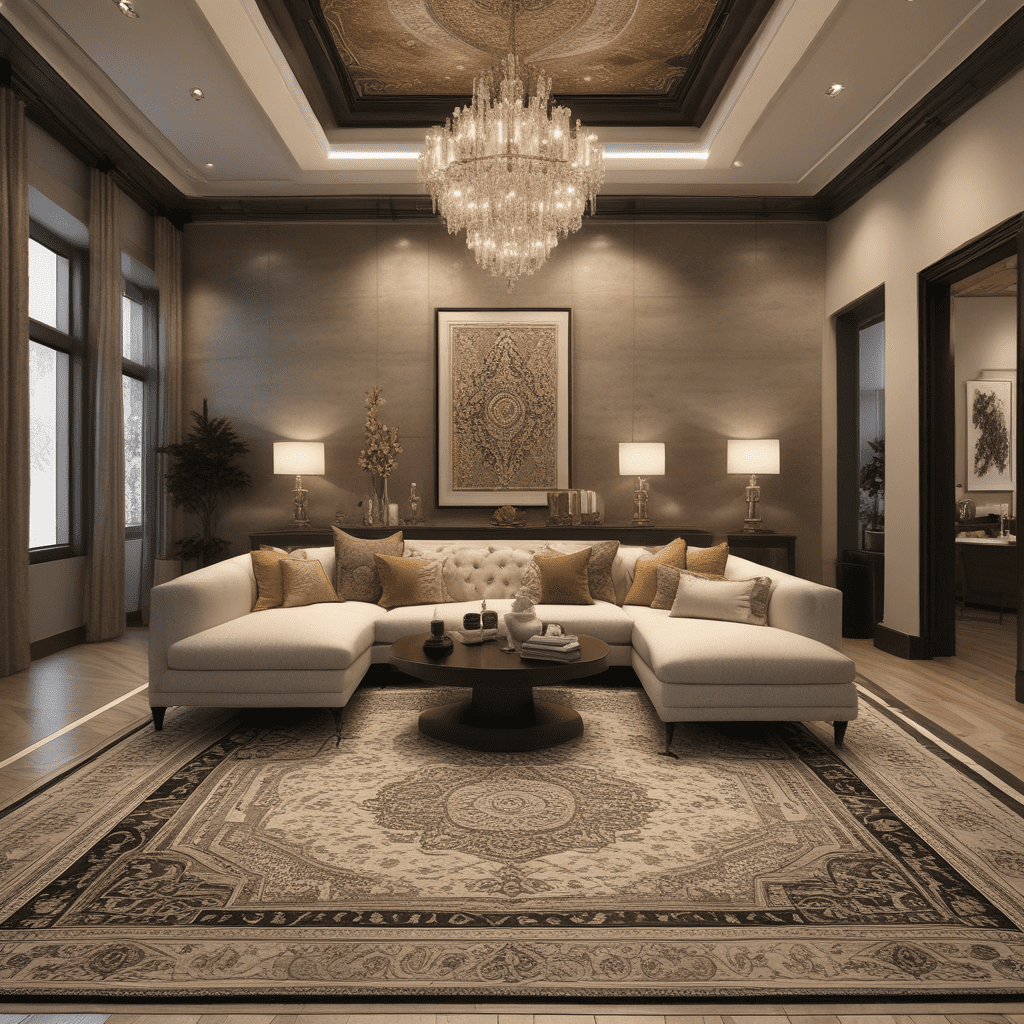Unveiling the Lucrative Earnings in Architectural Interior Design


Unveiling the Lucrative Earnings in Architectural Interior Design
As the demand for aesthetically pleasing and functional spaces continues to grow, architectural interior design has emerged as a promising career path for individuals passionate about creating stunning environments. Beyond the creative fulfillment, many aspiring designers are also intrigued by the earning potential in this field. In this article, we will explore the salary prospects in architectural interior design, shedding light on the factors that influence earnings and providing a comprehensive understanding of the monetary rewards that await skilled professionals.
1. The Average Architectural Interior Design Salary
To set a benchmark, let’s first delve into the average salary for architectural interior designers. According to industry data, the average annual salary for professionals in this field ranges from $45,000 to $90,000, depending on various factors such as experience, location, and educational background. It is worth noting that entry-level designers typically earn less than their more experienced counterparts.
2. Factors Influencing Architectural Interior Design Salaries
Now that we have a general idea of the average salary range, let’s explore the key factors that influence earnings within the architectural interior design industry.
a. Experience and Expertise
As with many professions, experience plays a pivotal role in determining salary. Designers with a proven track record of successful projects and an extensive portfolio often command higher fees and salaries. Furthermore, specialized expertise in particular areas such as sustainable design or luxury residential projects can also warrant higher compensation.
b. Location
The geographical location of a designer can significantly impact their earning potential. Metropolitan areas with a high cost of living and a thriving design scene tend to offer higher salaries compared to smaller towns or rural areas. For example, interior designers working in cities like New York or Los Angeles generally earn more than their counterparts in less populated regions.
c. Education and Qualifications
Obtaining relevant education and qualifications can boost a designer’s salary prospects. A bachelor’s degree in interior design or a related field is typically the minimum requirement for entry into the profession. However, additional certifications or advanced degrees, such as a Master of Fine Arts (MFA) in interior design, can provide a competitive edge and potentially lead to higher-paying opportunities.
d. Clientele and Reputation
Establishing a strong client base and building a reputable brand are key factors in increasing earning potential. Designers who can attract high-profile clients or secure prestigious projects may find themselves commanding higher fees or salaries. Developing a strong professional network and investing in effective marketing strategies can help designers elevate their reputation in the industry.
3. Job Opportunities and Career Growth
Architectural interior design offers a wide array of professional opportunities, which can contribute to long-term career growth and financial success. Designers can choose to work in various sectors, including residential, commercial, hospitality, and healthcare design, depending on their preferences and interests. Specializing in a niche market or demonstrating expertise in a specific design style can open doors to lucrative projects and commissions.
4. Additional Benefits and Perks
While salary is an essential consideration, it is crucial to note that architectural interior design often offers additional benefits and perks that contribute to overall job satisfaction. Some employers may provide health insurance, retirement plans, profit-sharing, or flexible work arrangements. Additionally, designers may enjoy the freedom of self-employment, setting their own rates and enjoying the financial rewards of successful projects.
5. Strategies for Maximizing Earnings
For designers aiming to maximize their earnings in architectural interior design, several strategies can be employed:
a. Continuing Education
Investing in continuing education and staying updated with the latest design trends and technologies can establish designers as industry leaders, enabling them to command higher fees.
b. Networking and Collaborations
Building a strong professional network and collaborating with other industry experts can lead to exciting opportunities and higher-paying projects.
c. Expanding Services
Diversifying service offerings beyond traditional interior design, such as incorporating furniture or product design, can help designers expand their income streams.
d. Developing a Brand
Creating a unique and recognizable brand identity can attract clients and command higher fees, allowing designers to position themselves as premium service providers.
Frequently Asked Questions (FAQ)
Q1: How long does it take to become an architectural interior designer?
A1: To become an architectural interior designer, one typically needs a bachelor’s degree in interior design, which takes around four years to complete. However, the length of time may vary depending on individual circumstances and the educational institution attended.
Q2: Are there opportunities for freelance or self-employed architectural interior designers?
A2: Absolutely! Many architectural interior designers choose to work as freelancers or establish their own design firms. This provides the flexibility to set their own rates and potentially earn higher incomes, especially with successful projects and a strong client base.
Q3: Can architectural interior designers earn commissions on projects?
A3: Yes, designers may earn commissions by partnering with suppliers or manufacturers in the design industry. Such arrangements can provide additional income on top of design fees and salaries.
Q4: Are there opportunities for career advancement in architectural interior design?
A4: Certainly! With experience, expertise, and a solid reputation, designers can progress to senior or leadership roles within design firms, work on larger projects, or even start their own design companies. Continued learning, networking, and staying up-to-date with industry trends are key to unlocking career advancement opportunities.
Conclusion
Architectural interior design offers a promising career path with lucrative earning potential. While salary ranges can vary significantly depending on factors such as experience, location, and education, skilled designers have ample opportunities to maximize their income. By leveraging experience, establishing a strong reputation, and exploring various strategies for expanding their services, designers can unlock their true earning potential in this dynamic and creative field.





